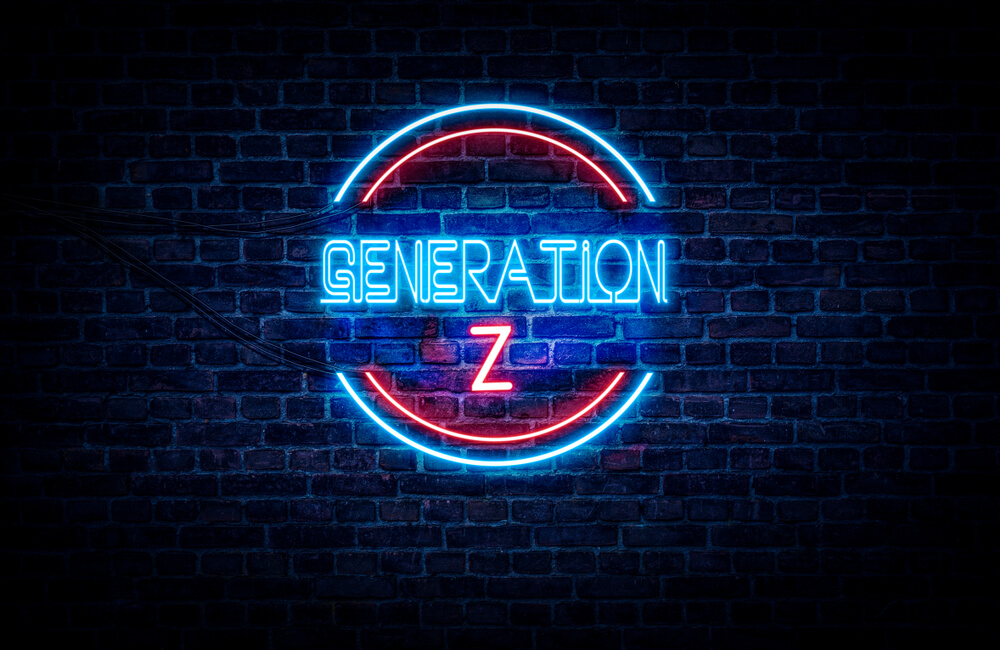Can Gen Z Workers Find a Home in the Public Sector? Yes, and Here’s How.

Rebekah Dorworth is the president of Kyra Solutions, a trusted government partner specializing in the art and science of digital transformation and modernization. With decades of experience assisting clients in the public sector, Kyra Solutions understands the pain points government agencies face and provides forward-thinking solutions.
Even with the pandemic driving the necessity of digital transformation, federal, state, and local governments continue to lag behind the private sector. As more and more digital native generations — the groups of people born into the age of smartphones and high-speed internet connections — enter the workforce, they will seek (and even expect) career positions that work with modernized technology, provide flexibility, and eschew micromanagement.
Public accountability and heightened security needs create risk-averse, low-trust cultures in the public sector. According to a Citrix Systems survey, however, 83% of Generation Z and Millennial workers identified autonomy or the ability to work in a high-trust environment as a priority when choosing an employer.
Nevertheless, Gen Zers in the workplace desire roles that are meaningful and make an impact on their communities. By focusing on the positive impact governments make for the citizens they serve (like protecting water quality, consumer safety, and public education), organizations and agencies can capture this generation’s calling to do good — but only if the technology and the workplace can meet its basic needs. Here are the two key areas of government digital transformation needed to attract and retain fresh talent:
Government Modernization
According to a survey by Dell Technologies, 91% of Gen Zers said technological capabilities would impact their job preferences. Gen Z is used to interacting with advanced technology such as the cloud, responsive artificial intelligence, and Internet of Things devices. They demand updated government technology processes similar to the ones that have been ubiquitous to them. This goes as far as the recruiting and hiring process: 54% of Gen Zers said they wouldn’t complete an application if the recruiting methods were outdated.
Thankfully, after years of continuous development and testing in the private sector, the technology risks are low enough for government digital transformation to move forward. The public sector is beginning to catch up and catch on by implementing proven, mobile-first applications through agile low-code development tools that allow workers to easily perform technology-based work.
Government technology and low-code tools will be key as Gen Z sets standards around communication and other technological capabilities. For instance, the Citrix Systems survey reported that 81% of Gen Z and Millennial workers use messaging apps such as Slack or WhatsApp for work, yet only 21% of business leaders use these platforms. This gap does not bode well for hiring or retaining young talent. Gen Zers in the workplace (and their Millennial counterparts) will continue to drive citizen engagement expectations around government modernization — and government will have to meet it or lose out on this generation’s top talent.
To recruit and retain talent in the public sector, focus on implementing low-code tools and improving service delivery in government while allowing Gen Z workers to use this technology to perform their roles.


Now, 90% of Gen Z and Millennial employees do not want to return to the office full-time, according to the Citrix study.
REBEKAH DORWORTH
Workplace Flexibility
Young workers paid attention to how industries and organizations responded to the pandemic, especially when it came to flexibility, safety, and people-first policies. Most government technology employees were deemed “essential,” and many were required to work in person throughout the pandemic. Meanwhile, private sector companies allowed their team members to work from home, providing them with the equipment, confidence, and flexibility to do so.
Now, 90% of Gen Z and Millennial employees do not want to return to the office full-time, according to the Citrix study. Instead, they prefer a hybrid model with time split between the home and the office.
This preference for flexibility does not align with the government workplace environment, which values high security and public accountability. Public sector leaders will need to find creative ways to provide both accountability for taxpayers and flexibility for Gen Z workers. Although monitoring employees through keystroke technology or internal audits has not been shown to create greater trust in the workplace, it might be a compromise that allows folks to work remotely while providing managers a sense of security.
Public accountability and heightened security needs cannot be separated from government, yet these factors create an adverse environment for Gen Z in the workplace. By providing modern government technology and increased ability to work from anywhere, the public sector will more successfully recruit and retain digital native Gen Z workers.
Want new articles before they get published? Subscribe to our Awesome Newsletter.

CAREER ADVICE

GOV TALK
